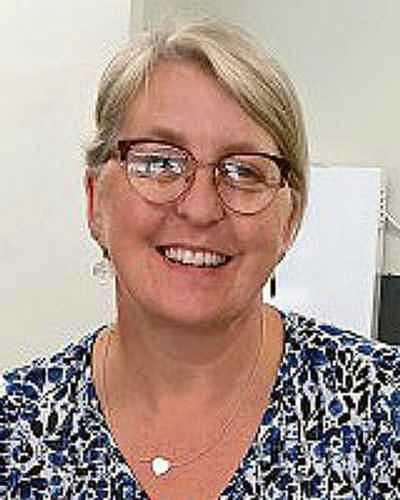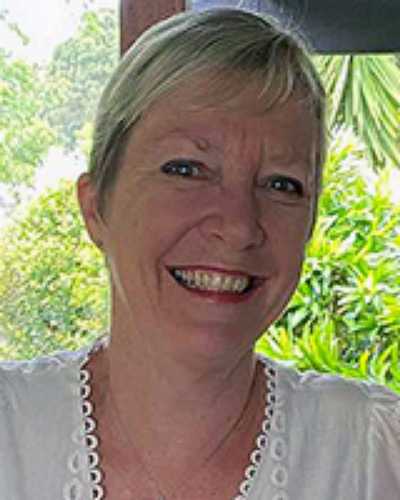Now published, see the full article 
Early Abstract:
Introduction: Maternity unit closures in the rural and remote setting of Australia have left a substantial gap in services for pregnant women. In the absence of midwives, and when women are unable to attend a maternity facility, registered nurses [RNs] are required to fill the void. While maternity education can attempt to prepare RNs for such encounters, there is little documented to suggest it meets all their physical and psychological needs. The existing challenges for health professionals, practicing a vast generalist scope of practice while living and working in a rural remote location, have been well researched and documented. How nurses feel about the expectation of burden to provide another dimension working outside their scope of practice to provide maternity care in a rural and remote setting in Australia has not been asked until now. This study explores the perceptions and experiences of RNs who find themselves in this very situation.
Methods: The study utilised a hermeneutic phenomenological methodology to examine the experiences and perceptions of rural and remote nurses providing care for pregnant women. RNs working in rural and remote health facilities that had no maternity services were recruited using a purposive sampling method. Semi-structured conversational interviews were recorded and transcribed verbatim. Data analysis was guided by van Manen’s analytical approach.
Results: Eight nurses participated and from the data three themes, each with several sub-themes emerged. (1) ‘being-in-the-world of the rural and remote nurse’ ; participants here described how they viewed rural and remote nursing as an entity with unchangeable aspects that could not be considered in isolation. (2) ‘scope of practice – unprepared or underprepared’ described how, despite their existing and extensive nursing skills, they felt ill-equipped theoretically, practically, and mentally to care for pregnant women. (3) ‘moral distress’. Participants here expanded their feelings of unpreparedness to include inadequacy, fear, and appropriateness of care delivery.
Discussion: The realism of rural and remote nursing practice demonstrates that at some point in their career, rural and remote nurses will care for a laboring and/or pregnant woman at high risk for complications. Participants in this study appeared open and honest in their interviews displaying pride at their extensive nursing skills and job satisfaction. However, they were unanimous in their discussions of what being a nurse and providing maternity care in a rural and remote setting meant to themselves and to pregnant women. They suggested care was fragmented and inadequate from a workforce that is inadequately prepared and stressed.
Conclusion: This study has highlighted another concerning aspect of rural and remote midwifery care, the experiences and perceptions of eight nurses delivering that care that has previously been overlooked.
The united voice of the RNs in this study warrants a platform to speak from and deserves acknowledgement and attention from government and midwifery policy drivers. These nurses, and the women receiving their care, deserve more.
Keywords: Australia, Nurses, Pregnancy, Rural Maternity Services, Rural and Remote health, Rural and Remote Nursing, Scope of Practice.




